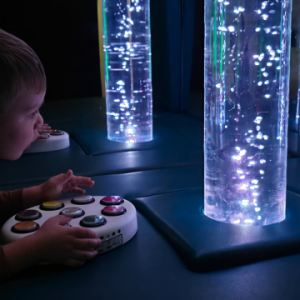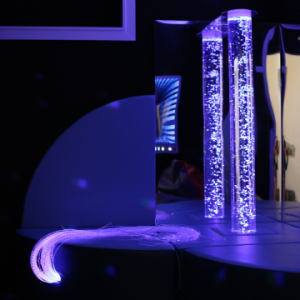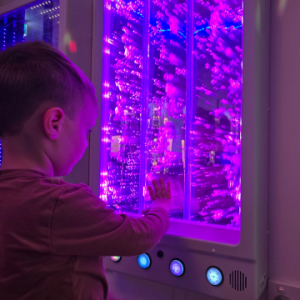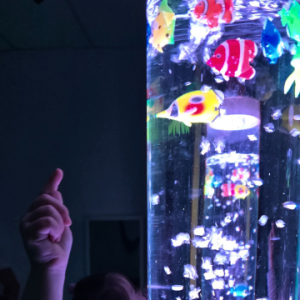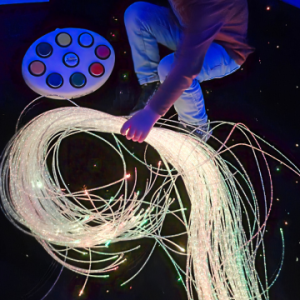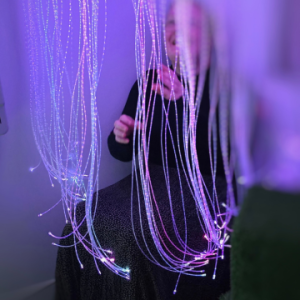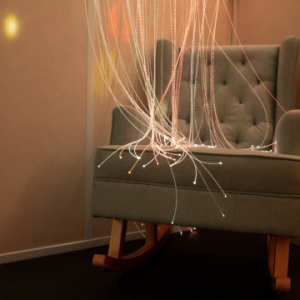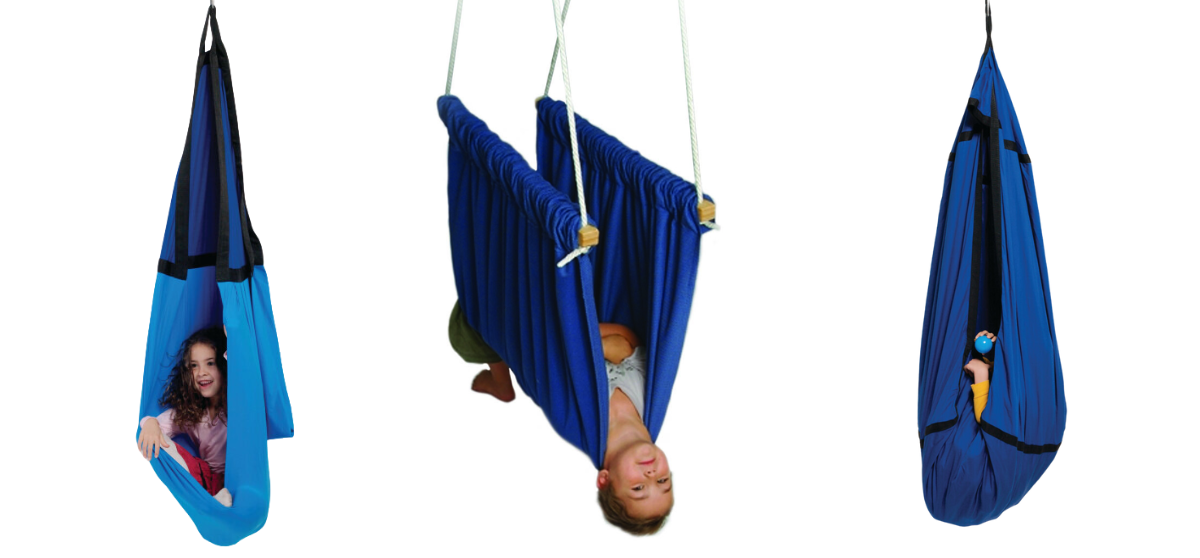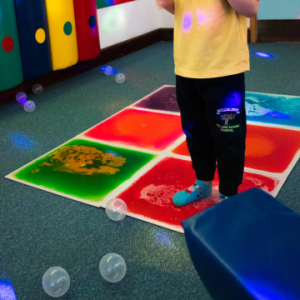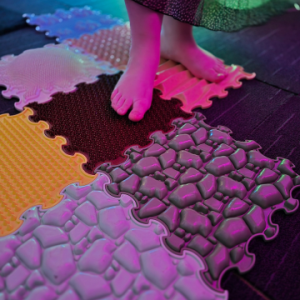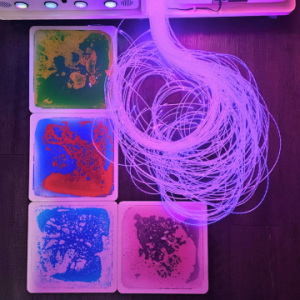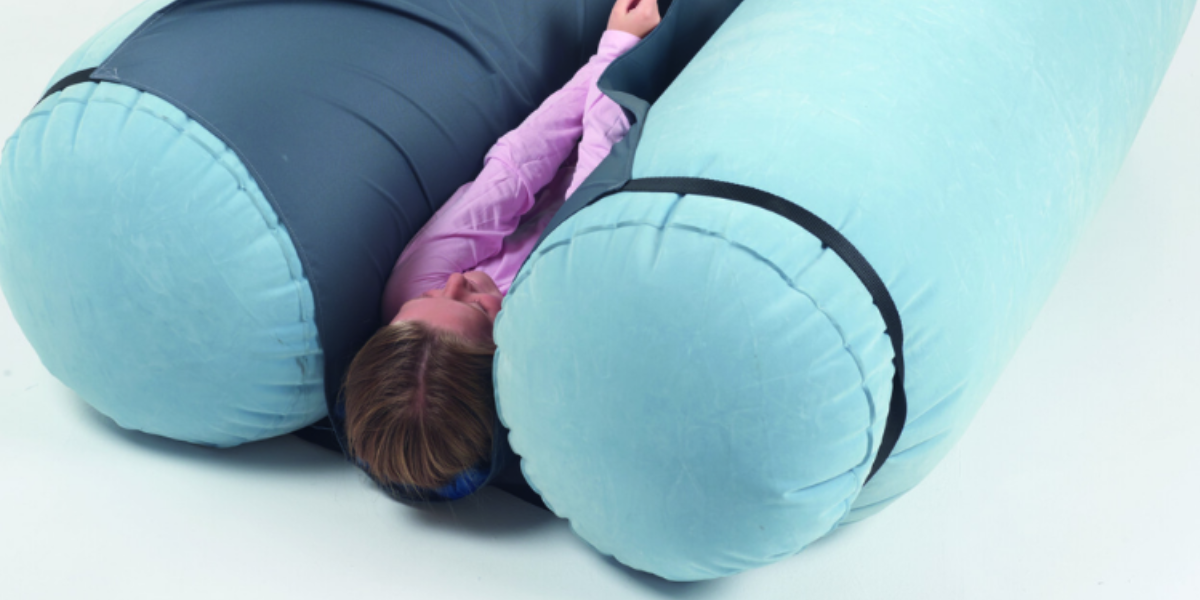Autism is often described as ‘processing the world differently’. It is estimated up to 96% of these individuals also experience sensory processing difficulties (SPD).
For those with SPD and diverse sensory needs, this makes everyday life extra challenging. For example, visiting a local shopping centre can be an overwhelming mix of talking, music, bright fluorescent lights and irritating fabrics and tags against the skin when buying clothes. Navigating this environment may feel like a sensory minefield, and trigger sensory overload, anxiety, and extreme discomfort. This is where sensory spaces for autism can make a real difference, offering calm, controlled environments designed to support regulation and focus. Let’s break it down further…
WHAT IS SENSORY PROCESSING?
Sensory processing is how you process the messages you receive from your senses, and how your brain and nervous system respond to this information.
With SPD, individuals receive this information differently – they may find it overwhelming (hypersensitivity), or not notice it as much as others (hyposensitivity).
Hypersensitivity is heightened sensitivity to sensory input. In this instance, an individual may avoid or feel overwhelmed by sensory experiences, and feel intense anxiety, stress and physical pain. This may be managed with noise-cancelling headphones, dim lighting, or through avoiding certain scents, flavours and fabrics.
Hyposensitivity is decreased sensitivity or responsiveness to sensory input. Someone who is hyposensitive may seek intense sensory experiences to counteract this lack of sensory input e.g. rocking and swinging movements, a weighted blanket, and varying textures and flavours.
It is also possible to experience a combination of hypo- and hypersensitivity, and experience shifts in sensory tolerance from day to day.
THE BENEFITS OF A SENSORY SPACE FOR AUTISM
As everyone’s sensory perception differs, what one person may find enjoyable and engaging another may find overwhelming and stressful. A neuro-affirmative approach supports these sensory differences, and will:
- Respect individual autonomy.
- Develop self-determination and advocacy.
- Provide tools to stimulate, self-regulate and prevent sensory overload.
- Encourage open and meaningful communication.
Spending time in a space specifically designed for those on the autistic spectrum helps individuals to:
- Meet their sensory needs and develop sensory processing skills.
- Learn how to respond appropriately to situations.
- Improve focus, retention and ability to self-regulate.
- Develop fine and gross motor skills.
- Calm and recentre themselves when feeling overstimulated.
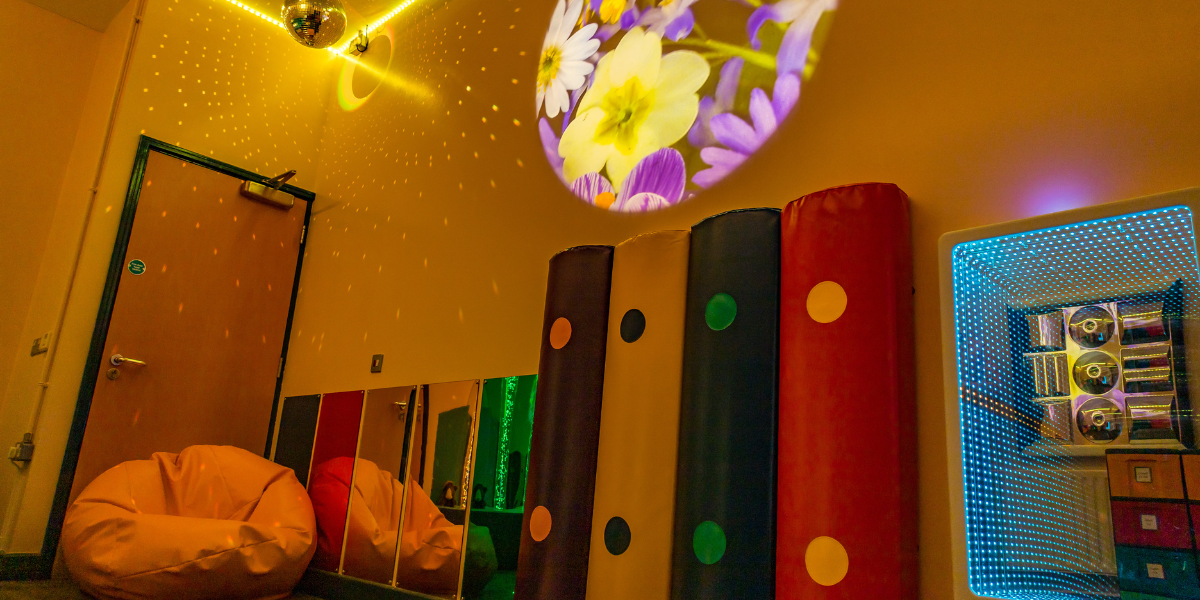
HOW TO CREATE A SENSORY SPACE FOR AUTISM
An effective sensory space includes a blend of sensory experiences, which accommodate various learning styles and needs. Ways to introduce and control this sensory input include:
Lighting and Colour: Soft, soothing colours create calm and prevent overstimulation. Sensory items such as LED light panels, mood shapes, and adjustable projectors add visual input, boost focus, and reduce anxiety.
Sound: Support hypersensitivity with noise-cancelling headphones, or help individuals regulate and relax by introducing gentle music, rhythmic sounds, and calming nature noises through bubbles and interactive sound panels.
Smell: Introduce subtle scents through items such as aroma panels and diffusers. Calm and relax with scents like lavender and chamomile or stimulate the olfactory sense with fragrant items.
Tactile Input: Offer a range of tactile experiences with soft seating and cushions, sensory massage mats, and tactile wall panels. These provide comfort, improve sensory integration and encourage hands-on exploration.
Vestibular and Proprioceptive Input: Incorporate weighted blankets or items such as swings and balance beams. These improve body awareness and regulate emotions through controlled movement and deep pressure input.
TOP RECOMMENDED SENSORY ITEMS FOR AUTISM
Bubbles

A heightened sensitivity to smell often goes hand in hand with autism, and as a result, certain scents can have a big impact on mood and behaviour. To create a calming sensory space we recommend using an Aroma Panel or Aroma Box to introduce scents such as lavender, orange, peppermint and chamomile. These smells can help promote focus and relaxation, improve sensory regulation, and explore themes or places such as spring, Christmas, or a forest.
Note some individuals may have a strong avoidance to certain smells so it’s important to introduce new scents gradually and use them according to individual preferences.
Interactive Wall Panels

Bring sounds and colour to life with Interactive Wall Panels – an engaging way for those with autism and SPD to relax and self-regulate, plus:
- Improve breathing, communication and speech.
- develop skills such as tracking and colour recognition.
- reduce stress and anxiety.
Most importantly, each of these panels can be adjusted. Those with SPD may react strongly to loud noises or bright flashing lights, so the option to adjust the sound, brightness and speed is key to preventing sensory overload.
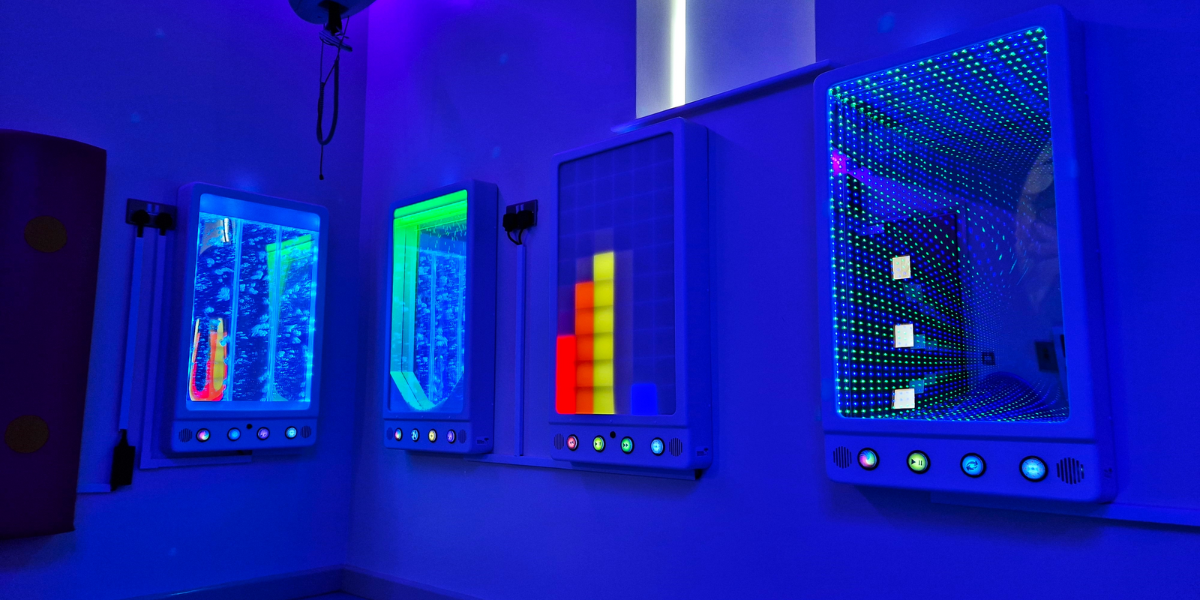
Sensory swings and hammocks are a safe and controlled way to reduce overstimulation and provide effective vestibular input. As those with autism often display rocking or repetitive behaviour, a swing gives a similar calming effect with its gentle rhythmic movement. As the brain begins to anticipate the back-and-forth or circular motion of a swing, it becomes a predictable pattern that helps to calm the nervous system. A valuable addition to sensory spaces for Autism, use sensory swings and hammocks to:
- reduce anxiety and sensory overload.
- improve spatial awareness and coordination.
- create a time-out spot to relax and regulate.
In particular, cocoon-like swings such as a Sling Swing or Tortilla Swing provide a sense of security and are a great escape when feeling overwhelmed.
With their interactive surfaces and activities, tactile panels also invite users to discover new experiences at their own pace, all while building fine motor skills and confidence.
Sensory Tiles & Mats

There is no ‘one’ autism, it is highly individual. And just as no two individuals will present in the same way, remember neither will their sensory processing needs. That’s why creating sensory spaces for autism should always be a personalised process, tailored to each individual’s unique preferences and triggers.
For further guidance or product recommendations reach out at 1300 622 180 or message us here.
